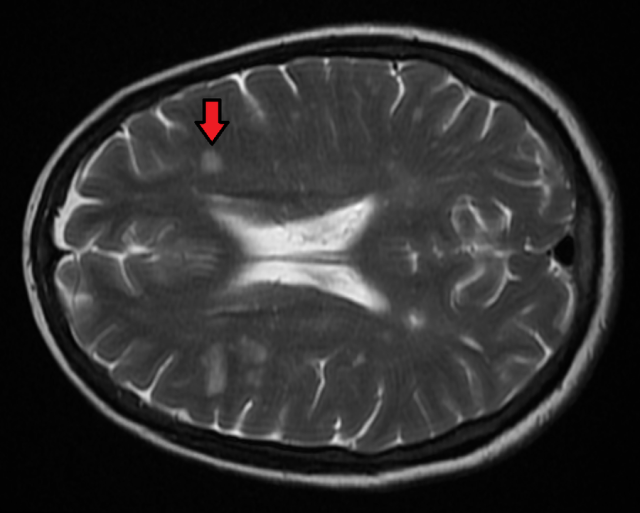Communication between cells relies on hormone release from secretory granules, but how these vesicles fuse with cell membranes is unclear. An imaging study provides in vivo evidence for a stable intermediate fusion step.
Nature doi: 10.1038/nature18446




